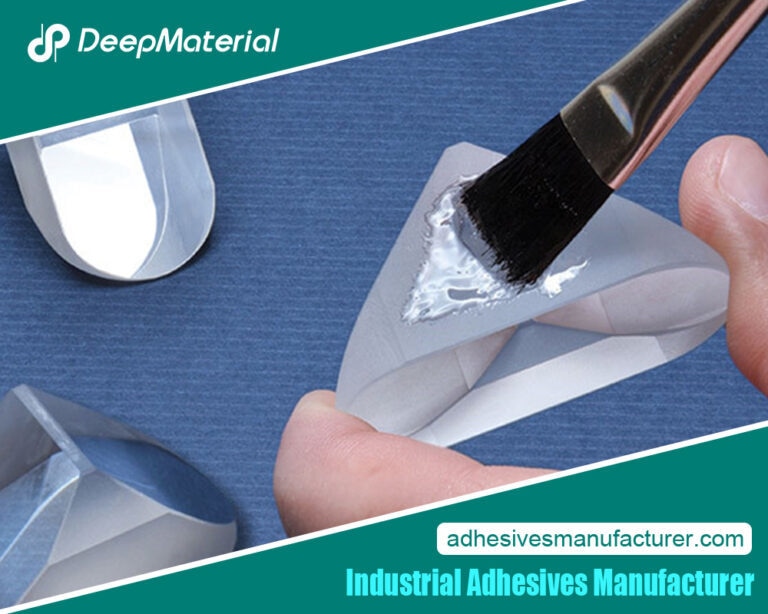
#Industry News
What Is Potting and Encapsulation Services
Best Potting and Encapsulation Adhesive Glue Manufacturer
Electronic potting and encapsulation essentially involve sealing off an electronic assembly in a special compound to guarantee its safety; shielding it from any disruptive vibration, corroding contaminants such as dust, water and chemicals not to mention security threats like tampering or microchip-hacking! It’s the ultimate safeguard.
Electronic potting and encapsulation serve a variety of different purposes – they’re applied to everything from medical devices to home appliances. All that said, some applications tend to be more popular than others. However you look at it, the list of uses for these types of processes is limitless!
Some of their common applications include PCBs, Electronic Subsystems and systems, Electromechanical devices, Primed steel, plastic or aluminum surfaces, and Printed Circuit Assemblies.
The Advantages of Potting and Encapsulation
Potting and encapsulation are the sounder choice for your electronics assemblies compared to conformal coating. The extra layer of protection they bring keeps them running better and longer, saving on costs down the line – plus warding off tin whiskers.
It’s a no-brainer why it is worth investing in these powerhouses of safeguarding; think more reliable functioning in any environment! Not to mention, you can also bank on additional perks like increased resilience against shock & vibration, superior corrosion resistance – the list goes on. Electronic potting and encapsulation truly give you good value for your money!
With a single shield of protection, your circuitry will be safe from the chaotic elements of nature. A reliable barrier against moisture, dust, fungus and corrosion guarantees that anything trying to jolt or short-circuit it won’t get in.
Plus, no more worry about voltage arcs or tin whiskers forming round your parts and causing serious damage! Keep your equipment guarded and accept nothing less than total tamper prevention.
Things to Consider While Encapsulating Electronics
Encapsulating and potting PCBs requires laser-like precision to guarantee reproducible results every time. Pay special attention to make sure the resin is exactly heated, and of course you wouldn’t want any miscalculations when figuring out the right amount of resin-to-hardener ratio.
To wrap it all up nicely, coatings must also be painstakingly mixed and correctly dispensed so your finish comes out silky smooth with a uniform effect.
Established companies can provide cost-effective solutions without compromising quality; perfect for those who want to maximize their buck!
The Differences Between Potting and Encapsulation
Potting and encapsulation – you might’ve heard of the two while looking into electronics; they might sound quite similar, but trust me, there are some very definitive differences between them!
You see, potting encases parts in an electrically isolating material with a solid non-pourable compound that’s then cured to form a hard protective shell. Whereas encapsulation surrounds components with bonding agent such as epoxy resin or flexible rubber which has been melted and hardened on top.
Let us look at how potting differs from encapsulation here;
Definition– Potting entails packing every single part or certain pieces with a security material, usually some kind of jelly-like stuff. And then voila! It hardens into one big lump. Wrapping electronic components or the assembly as a whole with protective material is what we know as encapsulation. This creates a shield to protect without necessarily filling in all the gaps. It’s like giving something that special layer of care!
Coverage– The potting material fills the available space, so densely that you can hardly catch a glimpse of the components underneath – it’s like it was born to fill every nook and cranny! Every scoop packs itself snugly in its assigned spot without leaving any gaps. The encapsulation material playfully provides a little extra cushion around the components, creating small pockets of empty space inside the protective layer. It’s like an armchair mom tucking in her little one for bed; snug and safe from harm. Oh, but those voids give us pause – we stand there quietly trying to comprehend its mysterious presence!
Flexibility– Once the potting materials have dried and hardened, they provide a stable armor of protection against any kind of physical impact. Depending on your material choice, you may be able to get an encasing that is either really stiff or forgivingly flexible – giving you a wide range of options when searching for just the right level of protection.
Precision– Potting is primarily used when your electronics need absolute coverage and protection. It’s like a fortress – tough, reliable and with great accuracy. Encapsulation keeps the best of both worlds; offering decent shield from outside while having easy access so you can check or replace specific components if needed.
Repairs– Potting might be a bit of a hassle if you ever need to do repairs or make modifications; all the components are suspended in the pottery, making it tough to get to them. On the flipside, encapsulation gives you some leeway: pull off or snip away part of the material, and you can access whatever particular elements need attention.
Applications – Potting is a highly practical solution for situations needing superior protection and strength, such as automotive electronics or industrial areas with toiling conditions. On the other hand, if you need more accessibility than security – producing consumer electronics, for example – encapsulation should do the trick. It nicely strikes that balance between upkeep and keeping delicate internal components firmly in place.
Final Thoughts
While both potting and encapsulation serve the purpose of protecting electronic components, potting involves filling the space entirely, offering maximum protection but potentially limiting accessibility, while encapsulation forms a protective layer around components, providing a balance between protection and ease of access. The choice between potting and encapsulation depends on the specific requirements of the application.
For more about a complete guide to Potting and Encapsulation Services, you can pay a visit to Deepmaterial at https://www.adhesivesmanufacturer.com/ for more info.





